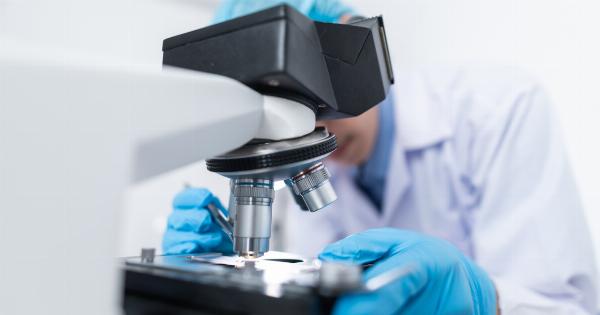Obesity is a major health concern in today’s world. According to the World Health Organization, worldwide obesity has nearly tripled since 1975. In 2016, more than 1.9 billion adults were overweight, of which over 650 million were obese.
This epidemic is not limited to developed countries, as the number of obese people in low and middle-income countries is also increasing at an alarming rate. Obesity is a complex problem that is caused by a range of factors including genetics, lifestyle, environment, and certain medical conditions.
However, researchers have made a significant breakthrough in the fight against obesity by identifying a new mechanism that regulates appetite and body weight.
The Role of the Microbiome
The human body has trillions of microbes living in the gut, collectively known as the microbiome. The microbiome plays a crucial role in regulating various bodily functions such as digestion, immune system function, and metabolism.
Recent studies have also shown that the composition of the microbiome can influence appetite and body weight. When the balance of microbial species in the gut is disrupted, it can lead to a range of health problems including obesity and metabolic disorders.
Link Between the Microbiome and Appetite
Researchers at the University of Michigan have identified a new mechanism that connects the microbiome and appetite.
They found that specific microbes in the gut produce a molecule called N-acyl-phosphatidyl-ethanolamines (NAPEs) which suppress appetite and stimulate the release of hormones that regulate glucose metabolism. When the researchers administered NAPEs to obese mice, they observed a significant reduction in food intake and body weight.
The Role of Gut-Brain Communication
The study also revealed that NAPEs regulate appetite by communicating with the brain’s reward center, which controls food intake and the feeling of fullness.
The reward center is influenced by a hormone called leptin, which is produced by fat cells and signals to the brain that the body has enough energy stores. However, obese individuals often develop a resistance to leptin, which leads to overeating and weight gain.
The research team found that NAPEs can overcome leptin resistance by stimulating the release of dopamine, a neurotransmitter that regulates motivation and pleasure. This mechanism can help to reduce cravings for high-calorie foods and promote healthy eating habits.
Potential for New Therapies
The discovery of the NAPE-microbiome-brain axis has significant implications for the development of new therapies for obesity and metabolic disorders.
By targeting the gut microbes that produce NAPEs, researchers may be able to develop drugs that can regulate appetite and promote weight loss. Furthermore, the use of NAPEs as a supplement or food additive may also help to prevent obesity and related disorders.
Conclusion
The identification of the NAPE-microbiome-brain axis is a significant breakthrough in the fight against obesity.
By understanding the mechanisms that regulate appetite and body weight, researchers can develop targeted therapies that can help millions of people struggling with obesity and related disorders. While more research is needed to fully understand this complex system, the discovery of NAPEs offers hope for a future where obesity is no longer a widespread health concern.



























